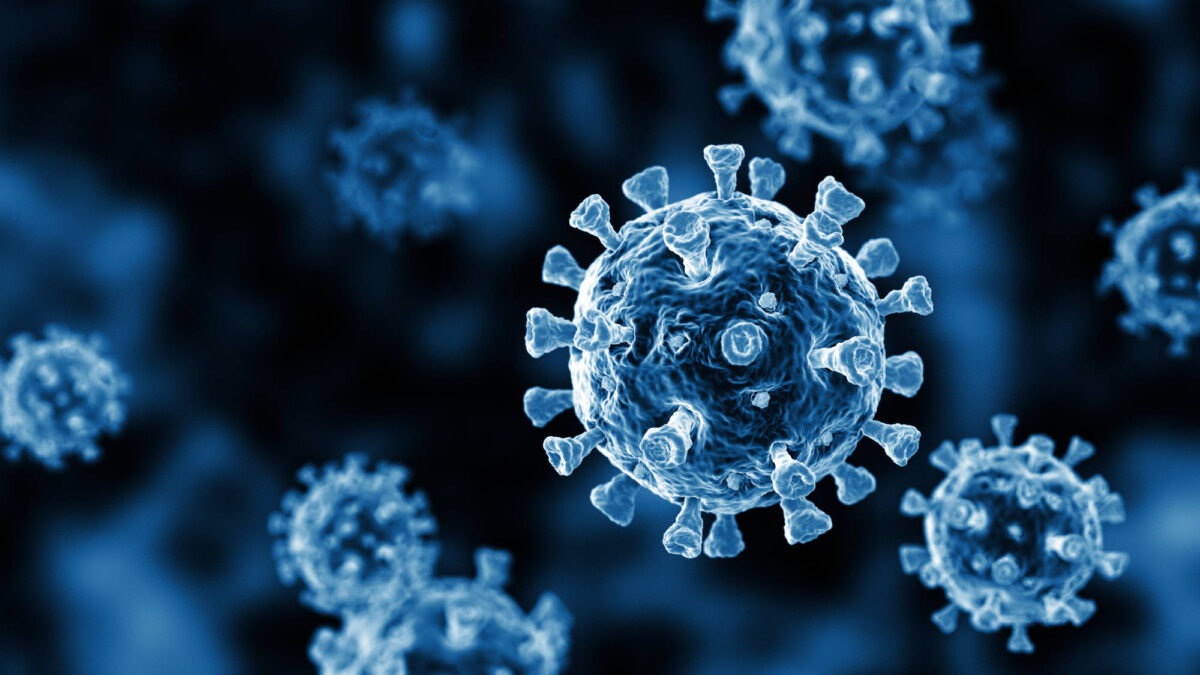Nitric Oxide Treatment for COVID-19

Known for their crown-like appearance under a microscope, coronaviruses have had devastating effects since their discovery in the mid-1960s [1]. In 2003 the Severe Acute Respiratory Virus (SARS) ravaged through Southern China and infected 8,098 people worldwide, causing 774 deaths [2]. Although quite damaging, the SARS pandemic provided an opportunity for nitric oxide to showcase its virus-killing properties.
Since then, COVID-19 has far surpassed the fatalities from SARS. As of June 30th, the confirmed global death count for COVID-19 was 510,632 people, according to Johns Hopkins University [3]. Now, development of a cure is crucial, and Massachusetts General Hospital is investigating whether nitric oxide has the same benefits for COVID-19 patients as it did for SARS patients in 2004. Nitric oxide improves oxygenation levels, helps blood circulation, and works as a chemical messenger causing blood vessels to either widen or constrict [4]. Though currently used as an aid for those with respiratory ailments or cardiac problems, nitric oxide shows promise as a potential treatment for COVID-19.
In 2004, clinical trials in Beijing administered nitric oxide for three days at 30 parts per million (ppm) to patients with SARS and observed improved outcomes. The treated group showed “decreased spread or density of lung infiltrates,” and as their conditions improved, their time needed for ventilation decreased [5]. On the other hand, the control group had lower oxygen saturation and concentration levels, and consequently more individuals died. Due to SARS virus strains being similar to COVID-19, this past study has inspired three new clinical trials that will be led by Massachusetts General Hospital.
The first trial will regulate inhaled nitric oxide in patients with “mild to moderate” symptoms from COVID-19. After contraction, patients begin to have trouble breathing within the first 5 to 10 days, and their breathing progressively worsens over time [6]. To slow this progression, 140 to 180 ppm of nitric oxide will be noninvasively administered for 20 to 30 minutes, two times a day, over a 14-day period. Administration immediately after contraction may result in more rapid recovery, freeing up scarce ventilator resources for other patients. The second trial will focus on treating the later stages of COVID-19, when oxygenation levels drastically decrease and head toward hypoxia [7]. Patients on ventilators and in the ICU will be given 80 ppm of nitric oxide for 48 hours, with the goal of improving oxygenation levels and increasing survival rates.
Healthcare workers have a high risk of exposure but are critical to controlling the pandemic and caring for patients. The third clinical trial will deliver nitric oxide at 160 ppm for 15 minutes to 470 randomized healthcare workers before and after their shifts, over 14 days [8]. The untreated and treated groups will be monitored for infection, with the hope that nitric oxide can help protect these essential frontline workers.
If the results of these trials suggest that nitric oxide can prevent or limit COVID-19’s progression, Massachusetts General Hospital plans to start implementing these treatments upon patient’s immediate arrival at the ER, in order to offer a fighting chance for those who face a low possibility of survival [4]. Nitric oxide’s unique antiviral power may prove to be a breakthrough in the treatment of this deadly infection.
References
[1] Human Coronavirus Types. (2020, February 15). Retrieved June 2020, from https://www.cdc.gov/coronavirus/types.html
[2] Severe Acute Respiratory Syndrome (SARS). (2005, May 03). Retrieved June 2020, from https://www.cdc.gov/sars/about/faq.html
[3] COVID-19 Map. (2020). Retrieved June 30, 2020, from https://coronavirus.jhu.edu/map.html
[4] Moran, B. (2020, April 10). Can Inhaling Nitric Oxide Treat – Or Prevent – COVID-19? MGH Wants To Find Out. Retrieved June 2020, from https://www.wbur.org/commonhealth/2020/04/10/nitric-oxide-gas-mass-general-coronavirus-tests
[5] Chen, L., Liu, P., Gao, H., Sun, B., Chao, D., Wang, F., . . . Wang, C. G. (2004). Inhalation of Nitric Oxide in the Treatment of Severe Acute Respiratory Syndrome: A Rescue Trial in Beijing. Clinical Infectious Diseases, 39(10), 1531-1535. doi:10.1086/425357
[6] Berra, L., & Massachusetts General Hospital. (2020, May 27). Nitric Oxide Gas Inhalation Therapy for Mild/Moderate COVID-19. Retrieved June 28, 2020, from https://clinicaltrials.gov/ct2/show/NCT04305457?cond=COVID-19
[7] Berra, L., & Massachusetts General Hospital. (2020, May 21). Nitric Oxide Gas Inhalation in Severe Acute Respiratory Syndrome in COVID-19. Retrieved June 28, 2020, from https://clinicaltrials.gov/ct2/show/record/NCT04306393?cond=COVID-19
[8] Berra, L., & Massachusetts General Hospital. (2020, June 16). Nitric Oxide Prevention of COVID-19 for Healthcare Providers. Retrieved June 28, 2020, from https://clinicaltrials.gov/ct2/show/NCT04312243?cond=COVID-19
